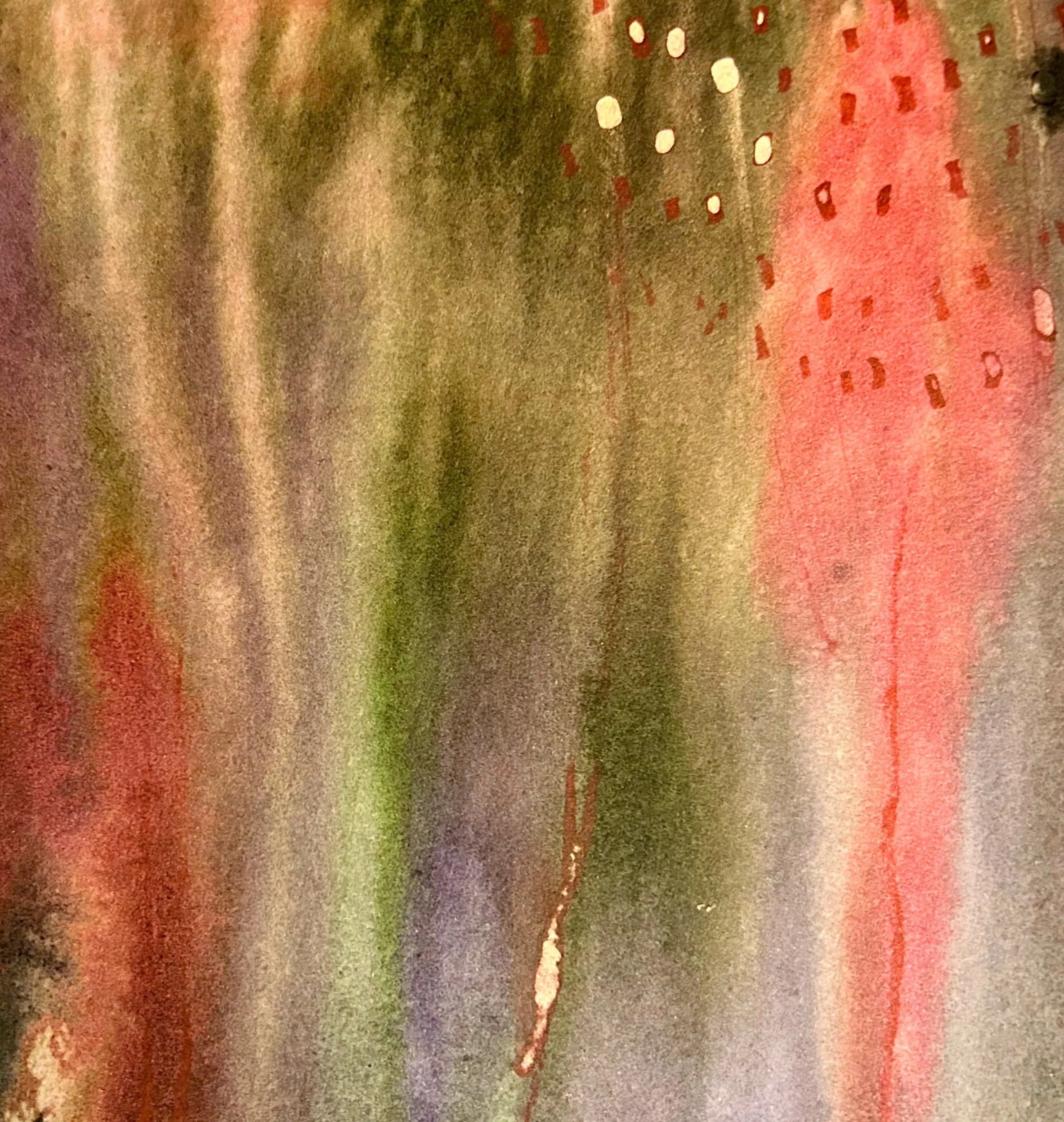Types of Therapy
-
![]()
Narrative Therapy
By focusing on the stories we tell ourselves (and how the meaning of these stories can change), this therapeutic practice helps clients identify patterns, recognize strengths, and challenge unhelpful beliefs. One of the core tenets of narrative therapy is that "the person is not the problem. The problem is the problem." Rather than viewing problems as inherent to a person, narrative therapy highlights the unique experiences and values that shape a person's life. Through this collaborative process, individuals can construct new, more hopeful stories that align with their true selves and goals.
-
![]()
Cognitive Behavioural Therapy
Cognitive Behavioral Therapy (CBT) is a clear, goal-focused method that links thoughts, feelings, and actions. By addressing negative patterns, CBT helps clients create healthier reactions to life's difficulties. It works well for anxiety, depression, and stress, replacing unhelpful thoughts with positive ones, leading to lasting changes in behavior and emotional health. CBT involves teamwork between the therapist and client, supporting personal growth and resilience.
-
![]()
Dialectical Behavioural Therapy
Dialectical Behaviour Therapy (DBT) is a designed to help individuals with emotional regulation, interpersonal effectiveness, distress tolerance, and mindfulness. DBT combines cognitive-behavioural techniques with principles of mindfulness and acceptance, equipping clients with skills to manage their emotions and navigate life’s challenges more effectively.
-
![]()
Parts Work
When we undergo traumatic experiences, we develop different internal parts that help us cope with and survive our experiences. As we get older, these parts sometimes come online and interfere with our ability to function or flourish. By getting to know our different parts, connecting with them and understanding their histories, we can decide what role we want them to play in our current lives. Parts work fosters a kind conversation between your different self-views, leading to integration and balance. This empowering process can result in deeper understanding, better relationships, and a more genuine self.
-
![]()
Art Therapy
Art-making in a therapeutic context is different - it focuses on the process and the meaning of what you create, rather than the aesthetics. In session, we might use an art activity as a warmup, to help relax you at the beginning of the session. We might use art to help you express a thought or a feeling that is difficult to get to. Sometimes we work with images, sometimes with sensations. I also have a particular interest in using knitting for relief of anxiety and depression.
-
![]()
EMDR
A leading treatment for trauma, Eye Movement Desensitization and Reprocessing is a way of helping your brain develop more adaptive ways of processing information, especially memories. By using bilateral stimulation (whether following something with your eyes or tapping on alternate sides of your body), we help reduce the emotional "noise” of traumatic memories and develop new neural pathways. This reprocessing helps “repair” the mental injury from that memory, meaning that the memory will no longer have the same emotional impact.





